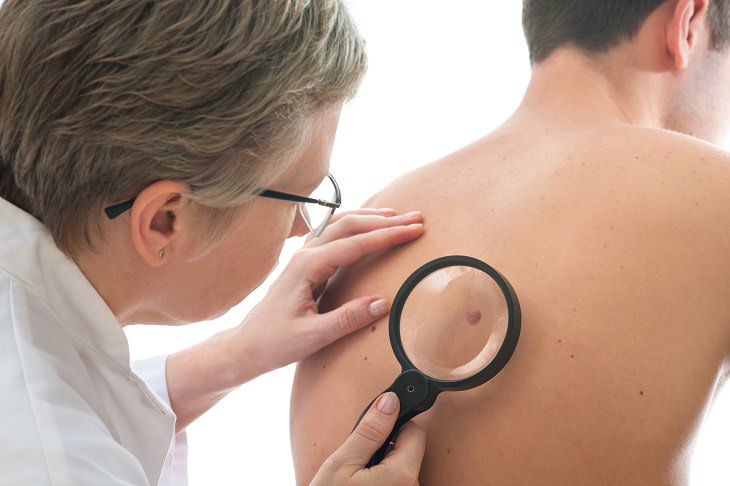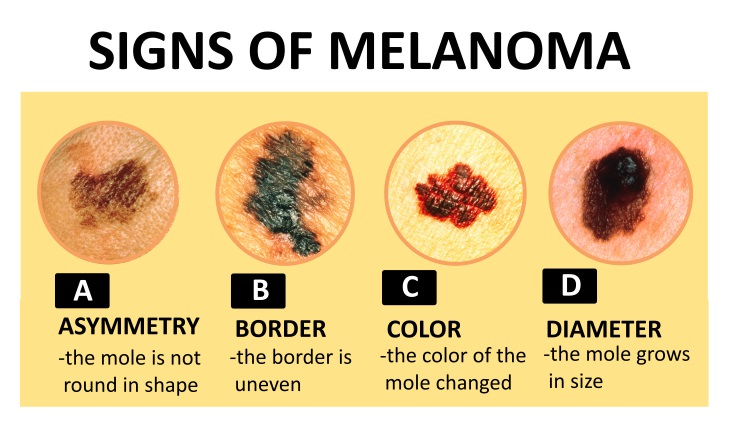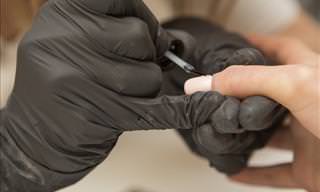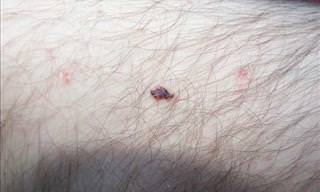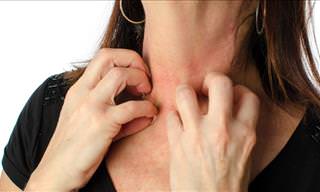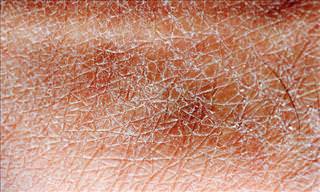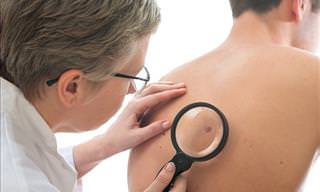Myth #1 If you cut or accidentally tear off a mole, it will certainly grow back as skin cancer
This myth is actually partially true. Tearing off a mole or cutting it accidentally can happen, and the resulting wound can bleed and become infected, but the majority of moles won’t grow back. If a mole does grow back, however, it may be a sign of cancerous growth and you should get it checked by a doctor.
Myth #2 It’s dangerous to pull out hairs growing out of a mole
Certain moles, especially those we have since our childhood can grow hairs, and that’s perfectly normal, but not particularly aesthetically pleasing, especially if the mole is in a visible area. But despite popular belief, pulling out or trimming these hairs will not cause any harm.
On a different note, we’d also like to point out that not all moles that grow hairs are benign, so if you do see changes and an increase in the size of a particular mole, irrespective of any hair growth, make sure to check it with a dermatologist.
Myth #3 Cutting moles off is an outdated medical procedure
This myth is completely false. Not only is surgical removal the safest way to get rid of a pesky mole for good (when done professionally), but it’s also the best way to preserve some of the tissue to test it for cancer.
Over-the-counter creams and natural remedies (such as apple cider vinegar, garlic, iodine, frankincense oil, etc.), on the other hand, even when effective, were found to cause severe scarring and keloid development.
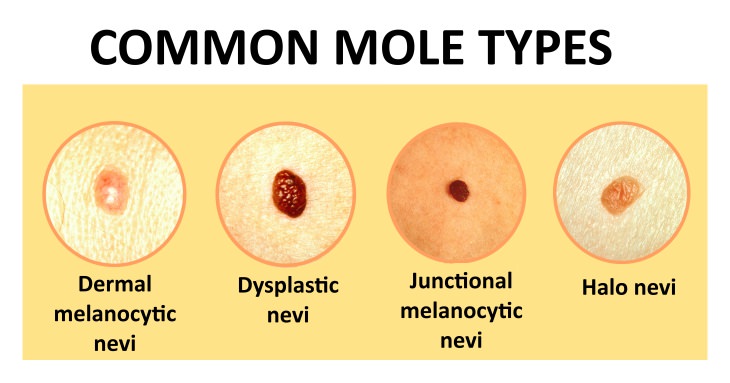 Suspect a skin spot may be worth a doctor's visit? Read our guide to different skin conditions.
Suspect a skin spot may be worth a doctor's visit? Read our guide to different skin conditions. Myth #4 If a mole is located in an area that’s not exposed to the sun, it can’t be cancer
While it’s true that sun exposure can increase the likelihood of a mole turning into a cancerous growth, unfortunately, skin cancer can develop in any area of the skin. That’s why any mole or spot on the skin that exhibits malignant symptoms should be taken seriously, even if it never sees the sun.
Myth #5 Moles are contagious
While it’s true that moles are hereditary, which means they can be inherited from your parents, but they are not transmittable from person to person.
There are some other factors that increase your likelihood of having moles apart from your genetics, though, in particular:
- Light-skinned people are more likely to get moles than dark-skinned individuals.
- People who live in a sunny climate are more likely to have moles.
To read about more misconceptions about moles and melanoma, follow this link.
Which Moles Should be Removed?
The majority of moles are benign and don’t have to be removed. The 2 cases when a mole should be removed are:
1. If it’s irritating or troublesome. You may hate the way a mole looks on your body or it may be troublesome because it’s rubbing against clothing. Both are legitimate reasons for a mole to be removed.
2. If it shows signs of cancer. Moles that change in color or shape, grow, start itching, cause pain, get red or inflamed may be malignant melanoma. But even if you don’t experience any of these symptoms and you have new moles appearing and you’re past the age of 20, it’s best to get them checked by a dermatologist as these moles may be cancerous as well. Needless to say, all cancerous skin tumors must be removed.
Above you can find the so-called ABCD of melanoma symptoms that can point to a potentially dangerous mole. We also have an interactive guide about this ABCD method you can view here.
What Methods of Mole Removal are Safe?
We have touched upon mole removal at the beginning of the article, but in this section, we will discuss mole removal procedures in greater depth.
There are many methods of removing moles, such as over-the-counter creams and traditional methods, but there are a few problems with these remedies, namely:
- Oftentimes, these methods don’t remove the root of a mole, which means it can grow back.
- Shaving off, snipping it with scissors or burning out a mole using at-home treatments may cause skin infections.
- Skin cancer may be overlooked if you remove a troublesome mole at home and don’t get the skin sample tested by a dermatologist.
- Many topical creams and natural remedies can cause extreme scarring and extreme scar tissue growths called keloids.
The safest and most successful way of getting a mole removed is by your dermatologist, and there are 2 main ways doctors remove moles:
1. Via surgical excision. This method completely removes the mole with its root. The doctor will numb the treatment area and cut out the whole mole completely. After that, the dermatologist will make stitches or sutures to close up the wound.
2. Via a surgical shave. During this procedure, after numbing the area, the doctor will shave off the mole using a blade. The advantage of this method is that it doesn’t require stitches or sutures, but sometimes, the mole can grow back and will need to be shaved off again.
Both methods don't require any particular aftercare and are executed in a sterile environment, which makes sure no complications occur after the procedure. Apart from that, the doctor will usually check a sample of the mole under a microscope to make sure it's not cancer.
 Go to BabaMail
Go to BabaMail


